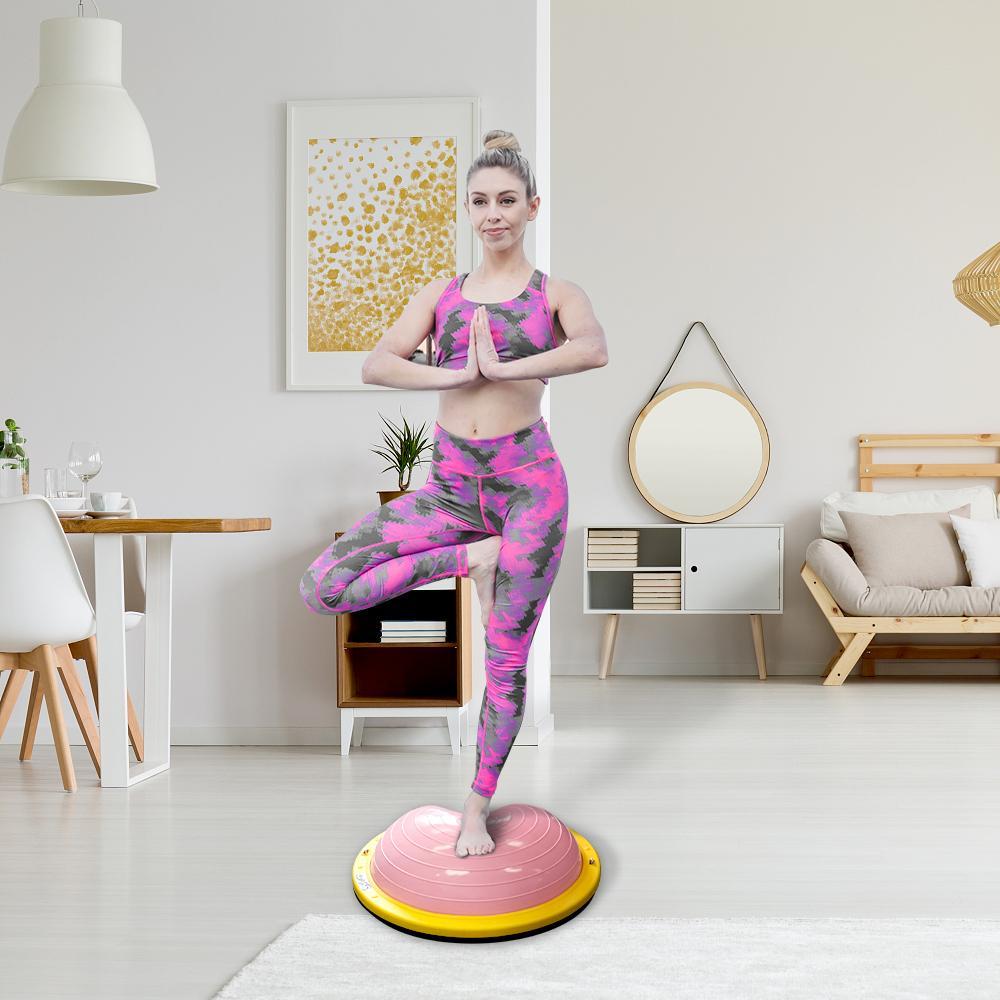Do you want to increase your pectoral muscles? What about the arm muscles? Bench press can exercise the muscles of these two parts. As long as you arrange adequate rest between your strength training, you can see results quickly. In addition to the pectoralis major, the bench press can also stimulate the anterior deltoid, medial deltoid, and triceps.
Method 1
1.Master the basic bench press
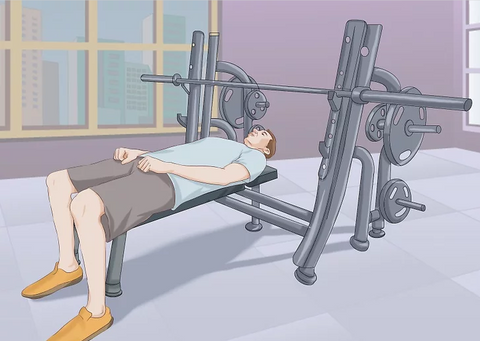
Lying on the bench press, the body is in a natural relaxed state. Keep your shoulders relaxed and don't hunch, and the spine maintains normal physiological curvature. Don't lay your lower back flat on the stool, but don't bend it too much, just choose a natural relaxed state.
- Lay your feet shoulder-width apart on the ground and place it on a stool.
- Don't do heavy bench presses on a soft bench. When the crossbar and bells weigh more than 200 pounds (91 kg), plus the weight of your upper limbs, your shoulders will sink into the stool, causing tension in the neck muscles. Most people will not bench press a lot of weight, so the stool is designed to be soft. But with cushions, these stools are used to sit and rest between groups.
- Choose a stool that fits your shoulder width. A stool that is too narrow and not stable enough. A stool that is too wide will prevent your upper limbs from bending.
2.Straighten your arms at both sides of your body, then bend your elbows, raise your hands to grab the crossbar, and your hands are shoulder-width apart.
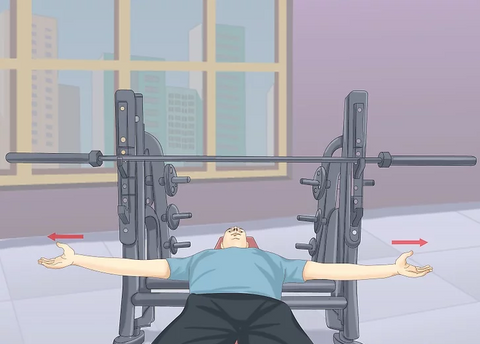
The grip position will determine which muscle groups you exercise. Wide grip can increase the participation of the pectoral muscles in the action, and narrow grips will increase the participation of the triceps. Choose a suitable grip.
3.Use an empty bar to warm up and stretch before pushing a heavier weight. Remove the crossbar from the shelf and place it above the chest. Inhale when the bar descends, and touch the middle of the sternum when it reaches its lowest point. Don't bounce the crossbar by your chest. This will cause serious sports injuries and affect your standard of action. Exhale as you push the bar away from your body, and stretch your arms close to straight. Make 8 in the first group.
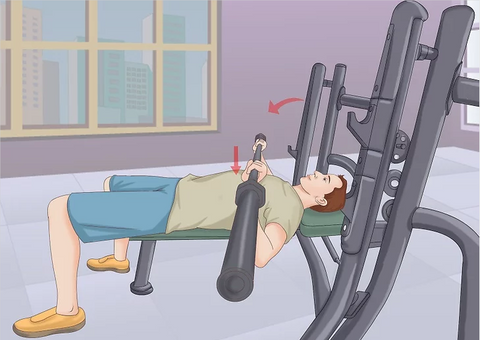
- Use a soft but not too "soft" bar to practice bench press. A bar that is too stiff may be uncomfortable to push. All the crossbars are made of metal and very hard, but there are some soft crossbars that make the joints more comfortable to push. The store clerk will help you choose the bar that suits your weight. Generally speaking, beginners or intermediate fitness enthusiasts can push up to 1.5 times their body weight.
- Choose the crossbar according to your goal. If you want to create a personal record or a provincial record or a higher-level record, choose a standard bar with a diameter of 1 and 1/16 inches (2.69 cm). If you don’t want to create a record, a thicker bar is more comfortable to use. , The thicker bar increases the distance of the bench press and reduces the maximum weight of the bench press. An increase in diameter of 1/8 inch (0.3 cm) or 1/16 inch (0.15 cm) can produce a noticeable difference in motion perception and stability.
4.Put the crossbar back on the shelf to increase the weight. The empty bar weighs 45 lbs (20 kg), add 5-10 lbs (2.3-4.5 kg) each time until you find a suitable weight.
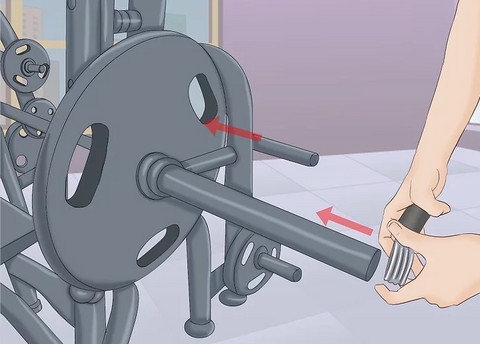
- If you are tall, be extra careful. A taller person has a wider grip and needs to be extra careful when putting the bar back on the shelf. The weightlifting chair is designed for taller people (more than 1.8 meters and less than 2 meters). A tall person should not grasp the hands too wide during the bench press. A wide grasp will cause the radius to bend excessively and cause pressure on the wrist. Both narrow and wide grips are more likely to cause wrist injuries.
- Avoid thumbless grips, if the bar accidentally slips from your hand, it will cause serious consequences (you know!). When there are sports partners or corresponding equipment protection, the thumbless grip is not so dangerous, but the protection equipment should be very strong. The thumbless grip puts less pressure on the wrist joint and can directly direct the force to the crossbar (you can lift heavier). Use anti-slip powder when gripping. Some people use thumbless grips regardless of possible dangers.
5.Make sure to have a training partner to protect you when doing heavy weight training.
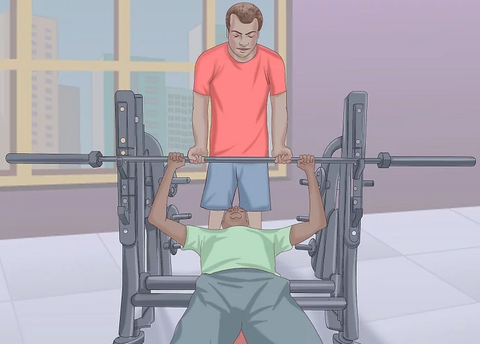
6.Raise the crossbar, slowly lower it above the breastbone, and use all your strength to lift one upward. When adding weight, you must ensure the standard of the movement. When lifting heavy weight, it is more likely to bend the wrist joint, lift the barbell against the chest, or perform other non-standard movements. Compared with lifting heavy weights with wrong movements, lifting relatively small weights with correct movements can increase muscles more effectively.
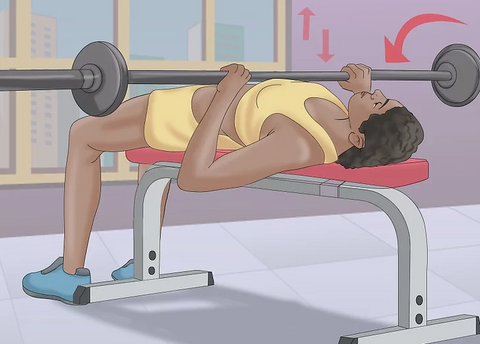
Bench presses usually do 8-12 reps per group (also called "reps per group"), 3 to 6 reps (per group do the maximum reps you set yourself).
7.Drink plenty of water and keep at least two minutes of rest between each group. Drinking water can keep your body hydrated, keep your muscles good at sports performance, and make the overall training effect better.
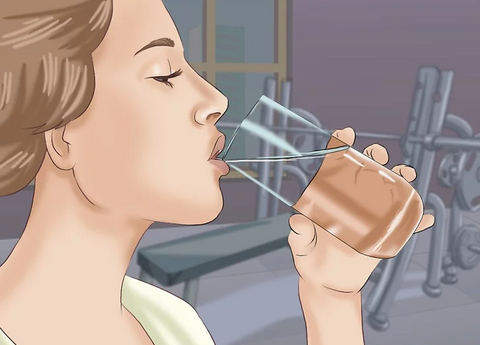
8.Arrange breaks according to the physical condition of each group. Some training programs think that the rest time between groups should be controlled between 90-120 seconds. This may be a very good general training program for increasing muscle dimensions, but it may not be suitable for you. You may not need a rest period of up to two or three minutes, but don't take a short rest period.
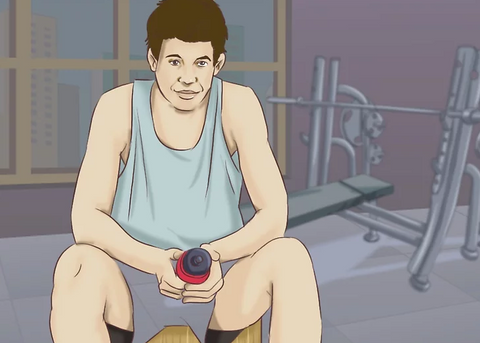
If your ultimate goal is to increase muscle circumference, you should keep hitting the limit of your body. How to do it according to your situation can reduce the rest time between groups, increase the weight of bench press, super group, etc., just keep your body push the limit and you can see the results.
Method 2
Get more from the bench press
1.Polish your skills
Although I have said it before, it is worth repeating. Wrong movements and heavy weights will not make you lift heavier, correct movements and relatively small weights are talented. Here are some considerations when bench press:
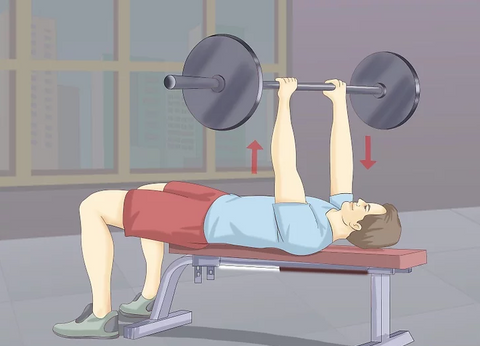
- Clamp the crossbar to stimulate the triceps. Stimulating the triceps will eventually help you lift more weight.
- Use your legs for stable support. Imagine your back is fixed on a bench press to provide stable support for your chest and arms.
- Make the rise and fall of the crossbar in a straight line. If the bar swayed back and forth during the bench press, you may have lifted too much weight. Reduce the weight to maintain your standard of movement.
2.Enhance the strength of the back and triceps
All the muscles of the body are connected to each other, which means to strengthen the chest muscles through the bench press, and you also need to pay attention to your triceps and back muscles, which is helpful for improving bench press performance.
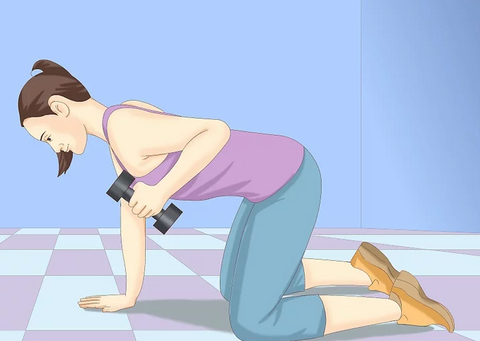
- To train the triceps, choose a narrow grip during bench press. The triceps can also be trained by arm flexion and extension, supine flexion and arm lift and forward grip pull.
- To strengthen the upper back muscles, you can do barbell rowing, which happens to be the opposite of the bench press. If the exercise is standard, this training can greatly strengthen the back muscles.
3.Eat better and more to increase muscle mass
The secret of muscle growth lies in training and correct eating. Convert your weight into pounds (1 pound = 0.45 kg) and multiply by 18[2]. This is the calories you need every day. Eat these calories in one day, and at the same time Remember to maintain a balance of protein, carbohydrates and fat in your diet. 25%-40% of the total calories come from protein, 15%-40% from fat, and 35%-45% from carbohydrates.

4.Keep your arms balanced
If you take a moment to watch others do bench presses, you will find that most people have stronger strength on one arm—usually the dominant hand. The weak arm is usually the training bottleneck for most people, because they can only lift the weight that this arm can bear. To overcome this temporary limitation, train more on the weaker side. When the arms on both sides are balanced and strong enough, your bench press can make great progress.
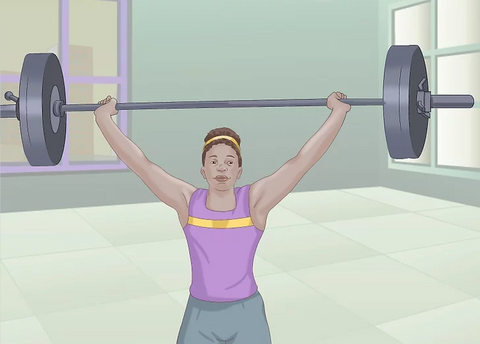
5.Diversified training movements
If your chest exercises are only bench presses, your body will quickly notice and adapt. In order to improve your bench press level, you must change to a different exercise. Even small differences in training movements can make a big difference. Here are some other chest exercises that can help you improve your bench press.
- Dumbbell Fly
- Inclined up/down bench press
- Push ups
- Sitting and pushing (inclined board or flat board)
- Butterfly machine clip chest
Tips:
- In the first group, warm up with a small weight or do 10-15 push-ups to get the muscles ready.
- In order to exercise the chest muscles more effectively, try the incline bench press. Your body will be at a 45-degree angle on the bench press, which can better stimulate your upper pectoral muscles. The incline bench press is faster and more effective than the regular bench press. Use a lighter weight than the regular bench press for the incline bench press.
- Breathing is critical in bench press. Inhale when the barbell is lowered, and exhale when the barbell is pushed up. If it helps, think of your exhalation as your thrust.
- If you have a bad waist, wear a belt for protection.
- Don’t forget to stretch your back muscles. Back muscles are also very important in training.
- Try to place the barbell on the bottom of your ribs, below your chest muscles, when you lower the barbell.
- If you have trouble not arching your back, you can put your legs on the bench press to avoid inadvertent bending of the lower back during the bench press.
- A too wide grip will train your back rather than your chest. Correspondingly, a narrow grip will stimulate your middle chest muscles more.
- Lowering the barbell to the lower chest cavity can stimulate the lower chest muscles more.
- Stay hydrated. Drink water or sports drinks instead of carbonated drinks.
- If you lower the barbell to the middle of the pectoral muscles, you are stimulating the middle of the pectoral muscles.
- A slightly narrower grip can stimulate the middle of the chest muscles.
- For novices, it is recommended to do chest training once a week, and for intermediate or advanced trainers, training twice a week. It is recommended to do 3-4 groups, 5-8 in each group.
- Bench press is just one of many exercises that can improve your exercise level in an all-round way.
- Adjust the bench press to an upward oblique angle to train to the upper part of the pectoral muscles.
- Try to increase the weight between the groups, adding 10-20 pounds (4.5-9 kg) per group, which can promote muscle growth. Keep track of your progress and, if possible, increase your weight every two weeks.
- Remember that bench press is just one of the many ways to strengthen your body. Exercising your abdominal muscles, back, arms and legs are all critical to achieving your ideal state and bench press.
- Find the grip distance. Keep the barbell in balance and slow down to ensure correct technical movements.
- If you don't have a fitness partner, do dumbbell bench press. There is nothing worse than a group of heavyweights being trapped under a barbell at the end.
- A slightly wider than normal grip can be trained to the outside of the pectoral muscles.
Caveat
- Don't put a lot of weight in the beginning, it is easy to get injured.
- Make sure you practice on a stable surface.
- If you feel pain, stop training; if the pain persists, consult your doctor.
- If the hips are placed on the bench press, arching of the back is fine, but you may not see the training effect so quickly.
- Breathe correctly. Take a deep breath when the barbell is at the top, hold your breath while the barbell is lowering, and exhale while pushing the barbell. This correct breathing method can reduce your chances of injury and increase your strength.
- Always remember to find someone to protect you from slippery hands or heavy bench presses.
- Make sure you have some weight training before starting frequent bench press exercises.
You can also learn more:


